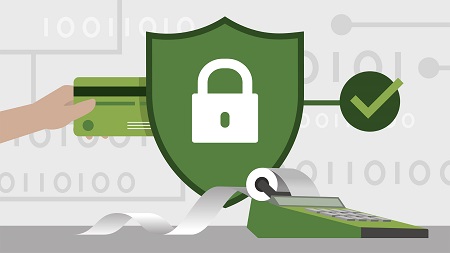
English | MP4 | AVC 1280×720 | AAC 48KHz 2ch | 0h 32m | 177 MB
How are credit card payments processed behind the scenes? And when a credit card is stolen, what usually happens to the compromised data? In this course, Laura Louthan answers these questions and more, explaining how payments get from merchants to banks, as well as the risks associated with the theft or compromise of credit card data—both to customers and banks. Laura highlights the various entities involved in payment processing and how they protect against card data loss. She covers the difference between in-store and online payments and how chip cards have increased online fraud. Plus, learn about the different ways that organizations need to report compliance to the Payment Card Industry (PCI) Security Standards Council, and how your company can move towards full compliance.
Topics include:
- High level steps in payment processing
- The entities involved with payment processing
- Differences between magnetic swipes and chip readers
- The risks of taking payments online
- How chip cards have increased online fraud
- What are the PCI standards?
- How tokens reduce the risk for lost cards
Table of Contents
1 PCI standards for secure payments
2 Credit cards Complexity and risks
3 Merchants
4 Issuers, payment processors, and banks
5 Stolen cards Where do they go
6 Magnetic swipe vs. alternatives
7 Skimmers
8 Alternative payments
9 POS breaches
10 How it works Card not present
11 The risks of taking payments online
12 Impact of chip cards
13 E-Skimming
14 What are the PCI Standards
15 Reporting levels and becoming compliant
16 SAQs and ROCs
17 Tokenization
18 Next steps for PCI compliance
Resolve the captcha to access the links!